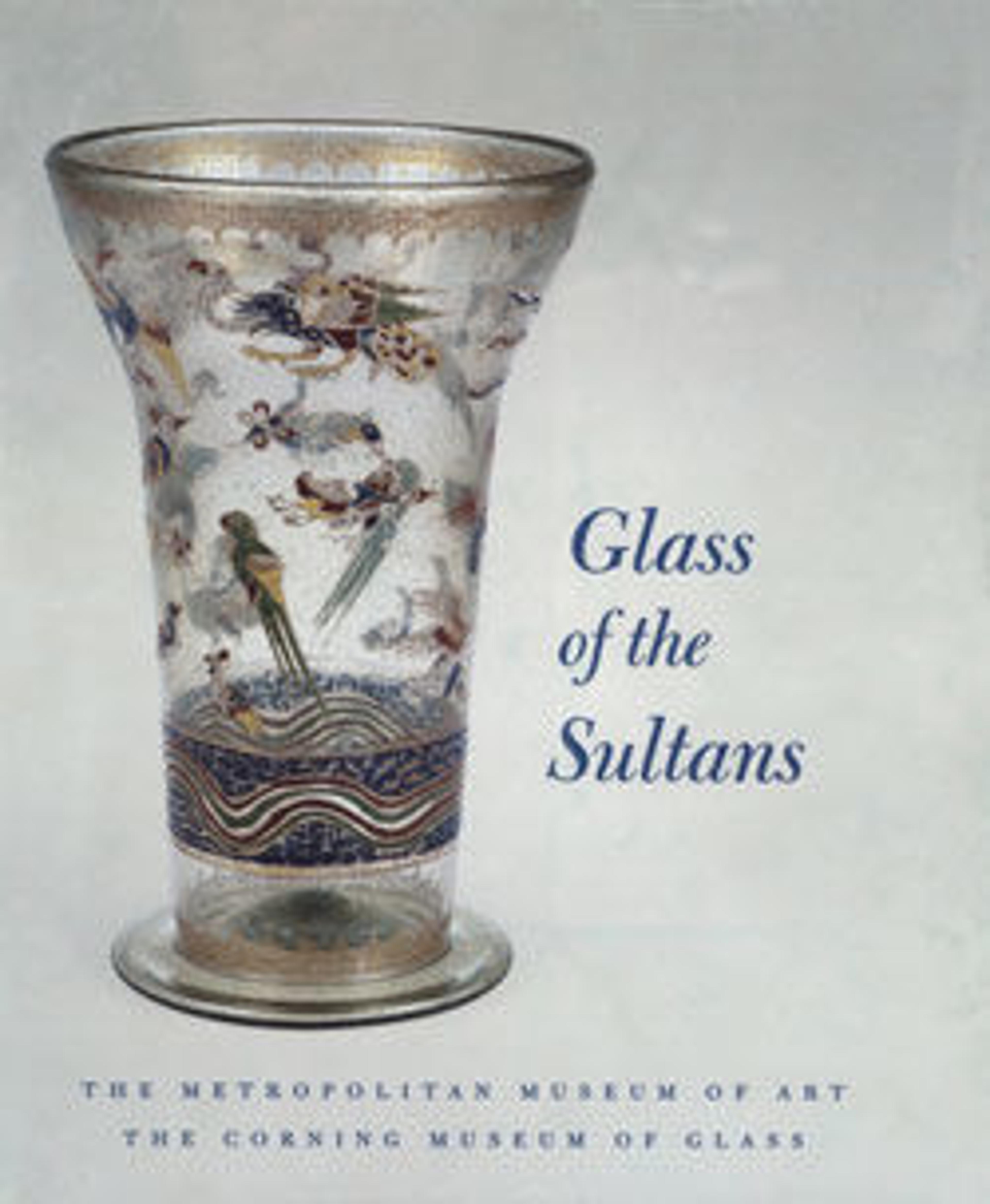Fragmentary Plate with Engraved Designs
The striking blue color of this plate was achieved by adding cobalt to the glass fabric, and its surface has been engraved with various patterns arranged in concentric registers around a central roundel. The circular hole at the center indicates the place where a foot was once attached. This plate is important evidence of the active glass trade from west to east during the ninth and tenth centuries. Probably made in Syria, it was imported to Nishapur where it was found in the prosperous Tepe Madrasa section of the city. The fact that six dishes of this type were found in the crypt of the Famen Temple in China demonstrates the far eastern reaches of the trade routes that passed through Nishapur. Furthermore, the evidence from this temple, whose crypt was sealed in 874, provides an ante quem date for our plate.
Artwork Details
- Title:Fragmentary Plate with Engraved Designs
- Date:9th century
- Geography:Attributed to Syria or Iraq. Excavated in Iran, Nishapur
- Medium:Glass, blue; blown, applied trail, scratch-engraved
- Dimensions:H. 9/16 in. (1.4 cm)
W. 10 5/8 in. (27 cm)
D. 8 in. (20.3 cm) - Classification:Glass
- Credit Line:Rogers Fund, 1940
- Object Number:40.170.131
- Curatorial Department: Islamic Art
More Artwork
Research Resources
The Met provides unparalleled resources for research and welcomes an international community of students and scholars. The Met's Open Access API is where creators and researchers can connect to the The Met collection. Open Access data and public domain images are available for unrestricted commercial and noncommercial use without permission or fee.
To request images under copyright and other restrictions, please use this Image Request form.
Feedback
We continue to research and examine historical and cultural context for objects in The Met collection. If you have comments or questions about this object record, please contact us using the form below. The Museum looks forward to receiving your comments.
